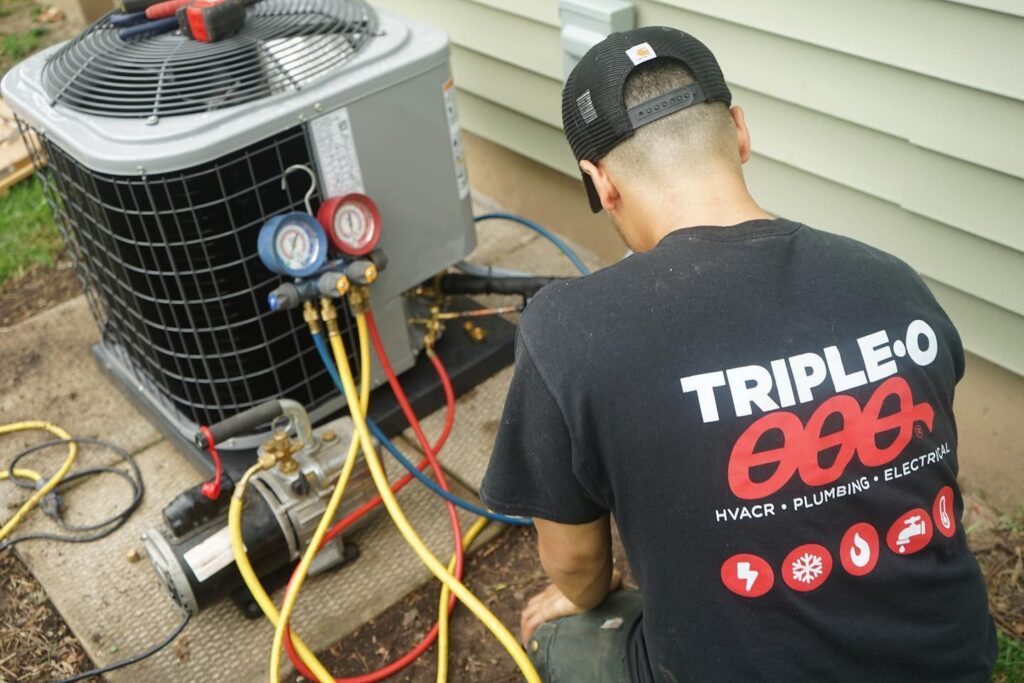When the summer heat rises, do you rush to your thermostat and crank it down low? This seems like the natural reaction, but we don’t recommend pushing the thermostat setting down too far: it leads to unnecessary energy waste and it pushes the limits of your AC, possibly leading it to freeze. Our recommended energy-saving temperature setting is 78°F during the day when people are home and never setting it lower than 68°F.
This does bring up a good question: what are the cooling limitations of an AC? How cool can you make your home with your air conditioning system? We’ll get into your AC’s limits and how you can stay within them to avoid air conditioning repair in Rochester, NY.
The Thermostat Limits
We’ll start with a mechanical limit on your AC, which is the thermostat itself. Most thermostats do not allow you to put in settings lower than 60°F, so that’s a hard stop. You wouldn’t want your house to be 60°F anyway—that’s far too cold! If you put the thermostat that low, you risk causing the AC to freeze up.
If you think that pushing the thermostat that low means the air conditioner will work faster to cool the house, that’s also untrue: the setting only tells the air conditioner to run longer to reach that setting, not faster. You’ll put extra strain on your air conditioner for a result you don’t want.
The Temperature Differential
Let’s imagine a hypothetical situation where you could set your thermostat lower than 60°F. What if you could set it to 30°F, below freezing? Could you make your house cold enough that you could store ice cream in the living room?
No, you can’t. The air conditioning system has a specific limitation called the temperature differential. This is the amount the air conditioner can lower the temperature of the space it’s cooling. For a residential central AC, the temperature differential is 20°F. So, if it’s 90°F outside, the AC can only make it 70°F indoors. (In practice, it can get cooler because the home’s insulation likely means the inside of the house is already cooler than 90°F.)
Don’t try to exceed the temperature differential, because it will cause the AC to overwork itself as it tries to reach an impossible goal. If you have a thermostat that gives you an indoor temperature reading, make that your reference point and don’t push the thermostat more than 20° lower than that. Since we recommend 78°F as an energy-saving setting, you probably will never need to push the AC that hard.
The Refrigerant Limitation
There’s another limitation that you’ll never need to deal with, but we want to mention is to explain the AC’s workings. The cold refrigerant in the evaporator coil of an air conditioning system must be colder than the air in order to draw heat from it. The refrigerant is around 40°F when it goes through the coil, so if the air is cooler than that, no heat absorption will occur—and the AC might freeze up! We don’t know why you would run the AC when your house is colder than 40°F, but now you know why it won’t work!
Triple-O Heating, Cooling, Electrical & Plumbing Is Your One-stop Shop for HVAC, Plumbing and Electrical. Call us when you need AC service.

